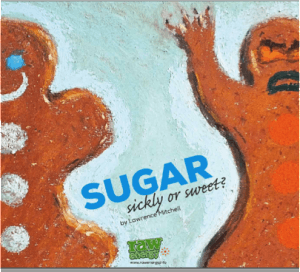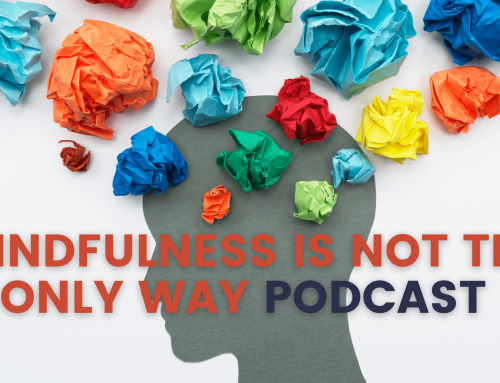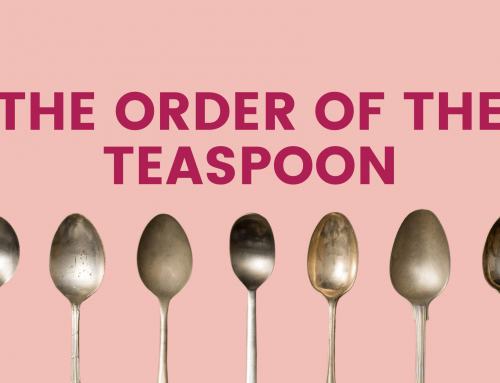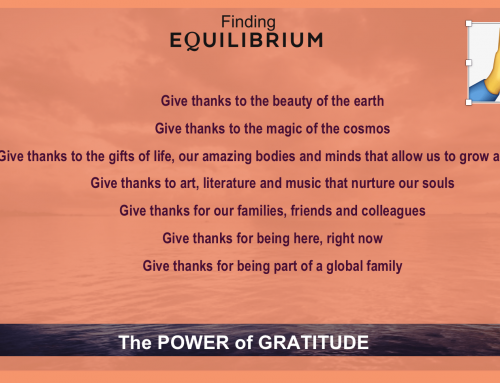With sugar continuing to make headlines this week, I thought I’d share this rather useful guide on different types of sugar to help you keep some sweetness in your life, whilst understanding that not all sugars are equal!
Food manufacturers cleverly disguise sugar on their food labels meaning that you have to be a ‘food detective’ to know exactly how much sugar you’re eating.
‘Sucrose
Pure sugar: one molecule of glucose and one of fructose – the latter accounts for the taste we call “sweet”. We eat three times as much of it as our grandparents did.
Fructose
The new bad guy in the sugar debate. Fruit juices contain higher fructose levels, and, if the juice has no fibre in it, the fructose may damage the liver and other organs.
High-fructose corn syrup
A cheap sugar made from maize in the US, commonly used in fizzy drinks and cheap processed foods. Fructose levels may be as high as 55%.
Table sugar
White sugar is 50% fructose, 50% glucose and made from cane or beet. Demerara, and other brown sugars are essentially the same, but they have molasses, a by-product of the sugar cane refining process, for colour and flavour. The molasses will contain some minerals including iron, calcium, magnesium, and potassium.
‘No added sugar’
Often seen on “healthy” fruit juices, five-a-day drinks and fruit snacks. A loophole in labelling regulation means that sweet, concentrated fruit juice can be used – which is, of course, a high-fructose sugar. ‘
If you’re keen to discover how to reduce the amount of sugar you eat and drink, Download our Free Guide :Sugar: Sickly or Sweet

Download Sugar: Sickly or Sweet: http://bit.ly/1byWO0m
.







